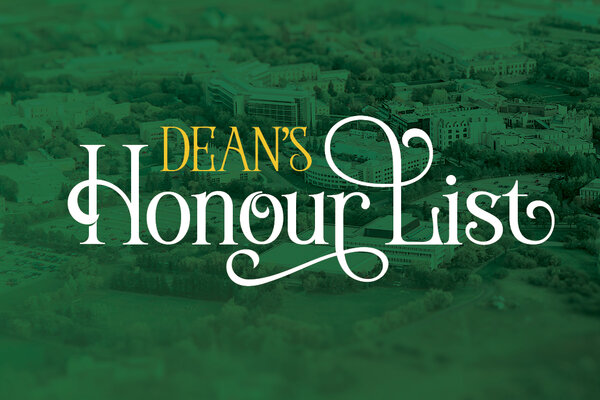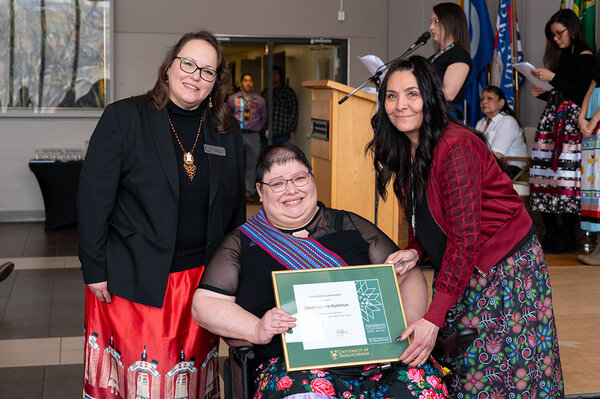
Aboriginal Student Achievement Program has helped close education gap
Five years after its creation, a program in the College of Arts & Science is showing that a holistic approach to student support can make a difference
Five years after its creation, a program in the College of Arts & Science at the University of Saskatchewan (U of S) is showing that a holistic approach to student support can help close the education gap for Aboriginal students.
When Jacqueline Nokusis enrolled in the College of Arts & Science in 2012, she wasn’t sure she was ready for university. Making the transition to student life from the working world while raising a child was difficult.
“There were definitely times when I wanted to quit,” said Nokusis, who is originally from the Peepeekisis First Nation.
But Nokusis was one of the first to join a new initiative in the college called the Aboriginal Student Achievement Program (ASAP). Its focus on small class sizes, personal relationships and culturally informed instructors made a difference, she said.
“It connected me to students who had similar goals, who came from similar backgrounds and were facing some of the same challenges I was facing. And if it weren’t for those relationships, I don’t think I would have made it through my second year.”
Nokusis is graduating with her degree in microbiology and immunology this spring, with hopes of starting medical school in the fall to become a physician serving Indigenous communities.
She is an early success story of ASAP, which marked its fifth anniversary on May 17 with the release of a report evaluating its impact and the announcement of new program pathways focused on science, technology, engineering and math (STEM).
ASAP was created, in part, to address lower retention rates of Aboriginal students at the U of S. In the past, only about half of First Nations, Métis and Inuit students who entered the College of Arts & Science returned for their second year, compared to about three-quarters of arts and science students overall.
The program’s mission is to close that gap by offering first-year Aboriginal students academic, financial, social and cultural support. Participants in ASAP join learning communities of likeminded students who attend classes together throughout their first year. Elders and peer mentors—upper-year Aboriginal students—offer regular motivation and guidance. Advisers work closely with students to establish academic and financial plans.
Findings in the new report suggest the program is making a difference. Since its inception, 60 per cent of First Nations students in ASAP returned for their second year of study, compared to 46.5 per cent of First Nations students who did not join the program. For First Nations students—who make up almost all students in ASAP—this means the program cuts the retention gap in half.
“I am so proud of the successes of ASAP students, which are also the successes of their families and communities,” said Kristina Bidwell, associate dean of Aboriginal affairs in the College of Arts & Science. “Building on these successes, our college is committed to improving and expanding ASAP so that it meets the needs and goals of Aboriginal students all the way to graduation.”
The need to expand supports for Aboriginal students beyond their first year of study is what motivated the creation of the newly announced ASAP STEM Pathways, said Bidwell. Aboriginal students are under-represented in post-secondary STEM programs in Saskatchewan. Starting in fall 2017, the new pathways will provide access, entrance and enrichment programs for students interested in STEM degrees through all four years of their student careers.
“Our college and our university have made a commitment to be the best possible place we can be for Aboriginal students,” said Peta Bonham-Smith, dean of the College of Arts & Science. “We still have work to do, but ASAP gives us a proven model for moving forward with that promise.”
A total of 383 students have enrolled in ASAP since 2012, according to the five-year report. These students are more than twice as likely to seek out the campus resources they need compared to Aboriginal students outside of ASAP. Three-quarters of ASAP students reported a sense of belonging to the College of Arts & Science and the U of S.

